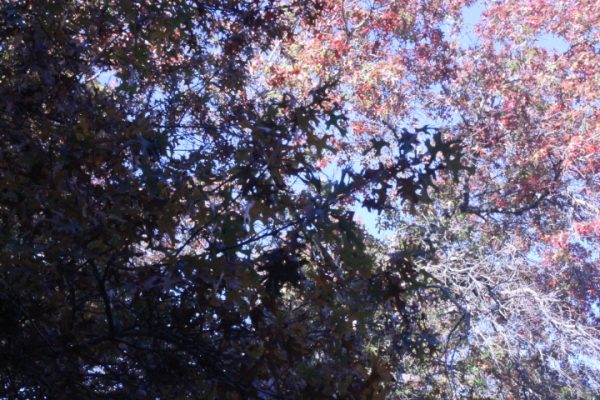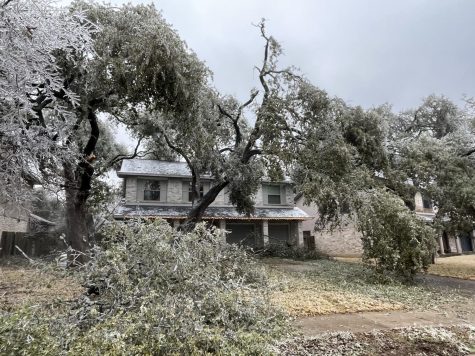Back In Season: Bluebonnets

The blue waves that line the highways and parks in Texas are nothing but special. They add beauty and color to the dull grass which allures both animals and people from far away to see their elegance. What is this magnificent entity? Bluebonnets; the state flower of the Lone Star State.
These blue flowers speckle the Texas land starting from late February through early March, though peak blooming is during the first week of April. However, they bluebonnets can bloom later or earlier due to droughts or extra showers. But no matter when these wildflowers bloom, many people including out of state visitors, come to take pictures with these beautiful blooms.
“We took photos in Dallas–like a family photo,” said 8th grader Varsha Devulapalli. Almost all Texans have taken family photos with bluebonnets for many generations. Some say it’s what Texans do. But bluebonnets appealed to people long before Texas became a state. Indian tribes passed down stories from generation to generation about the beautiful flowers. Spanish priests collected the seeds and planted them around nearby missions. Even legends were made. One legend is about a little Comanche girl named “She-Who-Is-Alone”. She had lost her entire family due to the drought that had struck her village. The little girl was sad and decided to sacrifice her most prized possession, her doll, to the Great Spirits. The Great Spirits admired her bravery and forgave the land by ending the drought. To make the land more beautiful, the Great Spirits filled the valleys with blue flowers–bluebonnets.
Creating beautiful backdrop for photos and being parts of different legends are not all what bluebonnets represent. As the State Flower of Texas, this wildflower has its own song, city (Ennis, Texas), and festival (Chappell Hill Bluebonnet Festival) dedicated to it. But becoming the symbol of Texas did not come that easily. In 1901, The Texas Legislature was eliminating competitors for the State Flower. After knocking out many nominations, they came down to third place. The bluebonnet, the cotton boll, and the flower of the prickly pear cactus. The first to get knocked down was the cotton boll. According to TAMU, the cotton boll was nominated for the symbol because it was the king of the industry back then. But the Legislature said it was nothing to look at. It was dull and boring. So now laid the problem of choosing between the bluebonnet and the prickly pear cactus. The prickly pear cactus was nominated because the prickly pear cactus for its hardiness and exquisite “orchid-like” beauty. However at the end of the race, the cactus seemed less vibrant than the bluebonnet which was nominated by National Society of Colonial Dames of America. Now, all species of bluebonnets are the State Flower of Texas.
This spring, enjoy these wildflowers that are definitely more than just a plant. Take pictures, lecture your friends and family on why it’s called the bluebonnet and be sure appreciate this creation of nature.

Riddhi is back for a second year at canyon echoes, this time as an editor. Riddhi has joined again because of her love for writing and photography. Other...




















